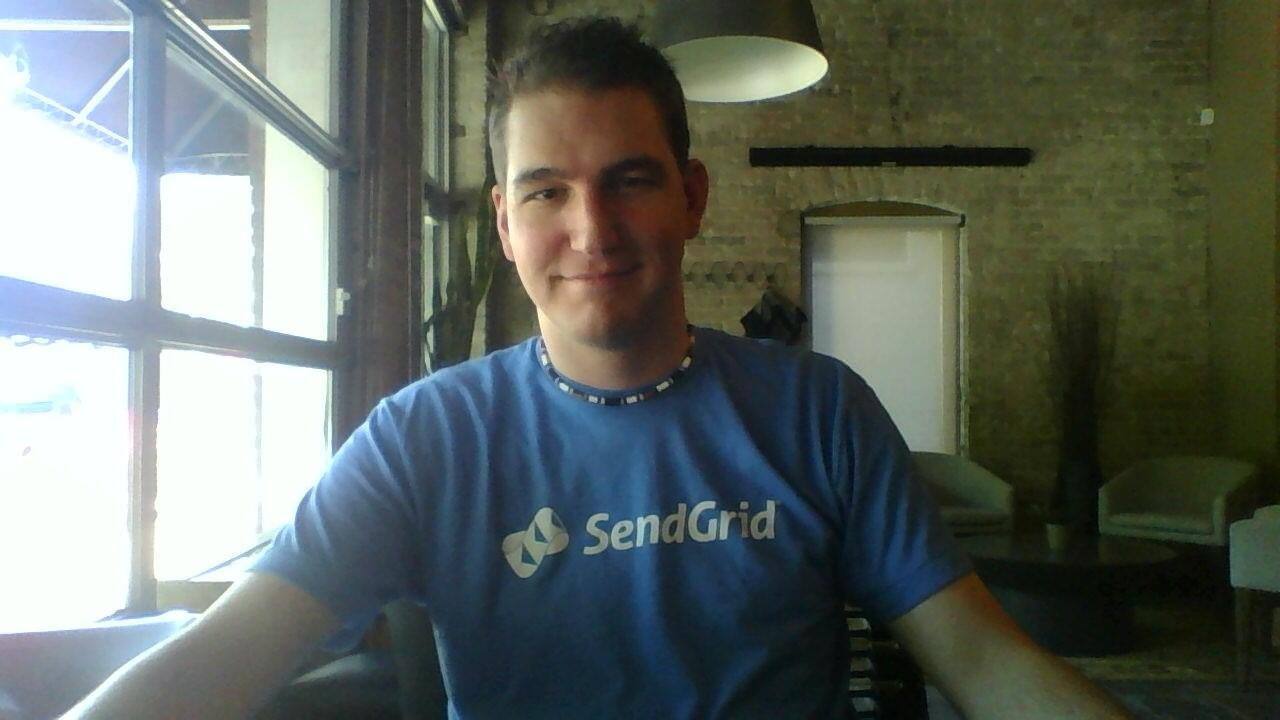Summary: The web is evolving. Fast. The default reaction is framework fatigue: “Another JS framework to learn? Ugh!” But there’s a hidden upside to the rapid evolution in front-end web dev, and it benefits your happiness, your mind, and your wallet.
We’re seeing rapid evolution in the web development space. Not only is JavaScript and HTML evolving for today’s needs, but numerous frameworks are popping up to leverage the new bits and help you build better web apps.
This fast-paced evolution can be difficult for web developers. There’s a never-ending stream of new things to learn, and that gets overwhelming.
My experience In the last 2 years testifies to this: I’ve built web apps with plain old jQuery, then Knockout, then Durandal, then Angular. And with today’s announcement, I’ll probably write my next one with Aurelia. That’s 5 different libraries/frameworks in just 2 years! Web devleopment is a beautiful soup.
But this does lead to developer framework fatigue. On Hacker News today, for instance,
Having to learn new stuff all the time and trying to keep up is fatiguing and can be overwhelming.
But there’s another side of this to consider. Rapid evolution leads to better ideas, keeps your mind fresh and your job more interesting. It gives developers an opportunity to stand out with new skills and make more money.
Better ideas rise to the top
Make no mistake: web development has improved by leaps and bounds in the last decade. Rapid library and framework evolution are to thank.
(If a crotchety developer pining away about “the good ol’ days” tells you otherwise, he’s not telling the truth. Those old days were not good. They were littered with browser incompatibilities, unmaintainable apps, no concern for architecture or testing. It was truly the wild west of coding, and it sucked.)
When I started web development, front-end JavaScript meant adding a single giant JavaScript file where you’d do your DOM manipulation and event handlers. The DOM manipulation was usually using browser-specific APIs, and the handlers were hooked up in the global namespace.
This was like the Visual Basic era: put everything into a single file, maybe even a single giant function! We didn’t care about maintainability, testing, separation of concerns.
It was a simpler time, yes, but it was also the time when web development and JavaScript received ugly reputations that persisted until only recently.
Back in the bad ol’ days, web apps themselves generally sucked, too, as a reflection of the code underneath. Great web apps like Gmail, DropBox, Evernote, Pandora…these didn’t exist because building web apps was hard. (Pandora existed…but as a plugin-based Flash app back then!)
Since then, things have vastly improved. How?
Instead of a spaghetti mess of $(“#someVal”).parent().adjacent(“<div>”+ someVar + “</div>”), we’re doing nice and clean logic on variables. Through the magic of data-binding, those variables will be displayed in the UI automatically. The code is modular: simple HTML pages data-bind to controllers containing logic. Controllers wire up to services to load data from the server. The code is arranged in modules with single responsibility, well-defined application architecture, easy to test, easy to modify and extend. This results in better web apps with fewer bugs.
Intellectually stimulating
I actually like the fact that I must keep learning.
It’s true; web development can be overwhelming with all the new technologies and JavaScript frameworks released almost monthly. (If you’re overwhelmed, remember: you don’t have to learn them all.)
But at the same time, I like learning. It keeps my mind fresh. It keeps my job interesting. I like building things, and learning new and better ways to build things is intellectually stimulating.
Consider the alternative. In a space with slow evolution, such as mainframes, there’d be practically no moving technology forward; we’d be doing the same thing for decades, over and over again. See something that sucks about your dev stack? Too bad, you can’t change it.
As a developer and entrepreneur, I want to be doing new things, interesting things, moving the software craft forward. It is a little ego-stoking to think that moving software forward actually moves technology and civilization forward, even if in a small way.
I don’t believe there’s a world in which my skills go stagnant and I still enjoy building technology. It would get old, I would grow tired of my work, become demotivated. My job would become only a means to pay the bills.
I don’t want that career. I like a career that remains fresh, regularly infused with new knowledge. That new knowledge can then be used outside of the professional realm to build your own projects of value to you, personally. (I’ve done this with Chavah, MessianicChords, and EtzMitzvot.)
“Look ma, I’m worth a lot of money”
Knowledge is power. The more I consume, the more powerful (and valuable) I become. Therefore, I am actually grateful to be in a career that requires knowledge growth.
My last 2 gigs as an independent consultant were aided by my knowledge of a single JavaScript framework. And my hack-at-night job gives me money because I know another JavaScript framework. And my startup exists because of the new knowledge I’ve learned in the last two years.
Rapid evolution demands me to acquire more knowledge to remain relevant. I’d be hard-pressed to find work if I was still building web apps like it was 1998, or worse, building desktop apps like it was 1995. (Goodbye, CListViewCtrl. No tears.)
Summary
By continually learning, not only am I intellectually stimulated, I grow in professional value. Corporations pay a lot of money to the niche few who keep their skills relevant. They stand in awe and fork over the dollars by the truckload for the magical wizards who pound on the keyboard and produce revenue-generating, business-critical apps.
So yeah, Yet Another JS Framework was announced today. And I’m OK with that.










